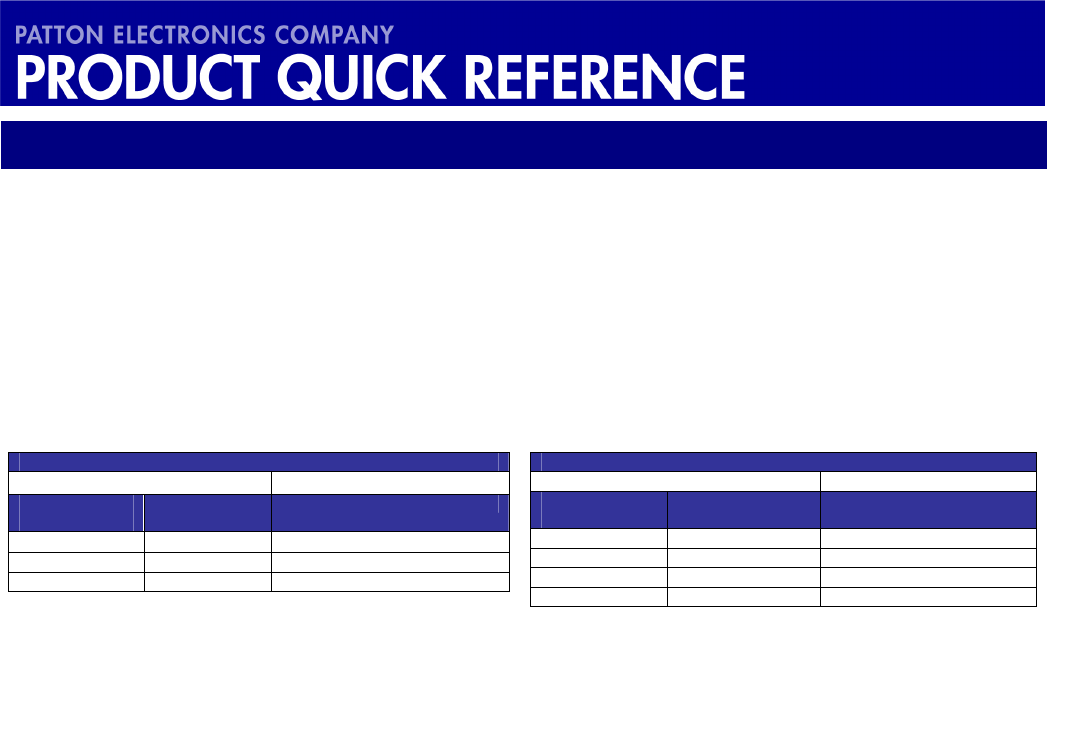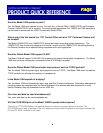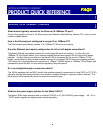
3
33
3
FAQs
FAQsFAQs
FAQs
*NOTE: Distances are based on a minimum to no cross talk environment. This distance table includes the potential 328ft (100 m)
Ethernet connections on both ends of the communications link.
Can the line rate be altered on the Model 1068 to achieve lower bandwidths and/or longer
distances?
Yes, the line rate can be altered via dipswitches on the underside of the 1068 Standalone or on the topside
of the front card on the 1068RC. Distances will increase or decrease depending on the line rate selected.
The chart below shows the possible configurations.
What is the difference between Asymmetrical and Symmetrical modes?
In Symmetrical mode, data travels upstream (to the Internet or data source) and downstream (from the
internet or data source) at the same rate. Symmetrical services are commonly used in applications requiring
high speeds in both directions, which is ideally suited for business applications. Increasingly, symmetrical
applications, which began with enterprise networks, are now also required by both small and medium
enterprises and residential customers. Leading the list of symmetrical applications are video conferencing,
interactive videos, and telecommuting.
In Asymmetrical mode, data travels downstream (from the Internet or data source) at a different rate than it
travels upstream (sending to the Internet or data source). Asymmetrical services are typically faster
downstream than upstream because they were designed for residential users who typically spend most of
their online time downloading information. Residential users typically send a relatively small file request to
the Web or video server, and then download very high volume files.
Can the Model 1068 be configured for symmetrical or asymmetrical transmission from the
field?
Yes, the Model 1068 can be configured for either symmetrical or asymmetrical transmission via dipswitch
settings. The dipswitches can be found on the underside of the 1068 standalone and on the front card
topside of the 1068RC. Please see the chart above for the various settings and corresponding achievable
distances.
Asymmetrical
Line Rates Distance (24AWG)
Upstream
(Mbps)
Downstream
(Mbps)
1.56 4.17 6,656’ (2.03km)
1.56 9.38 5,756’ (1.75km)
2.34 16.67 5,556’ (1.69km)
Symmetrical
Line Rates Distance (24AWG)
Upstream
(Mbps)
Downstream
(Mbps)
16.25
6.25 4,956’ (1.51km)
29.38
9.38 4,806’ (1.46km)
312.50†
12.50 4,656’ (1.42km)
416.67
16.67 3,956’ (1.21km)
†=Default setting
*NOTE: Distances are based on a minimum to no cross talk environment. This distance table includes the potential 328ft
(100 m) Ethernet connections on both ends of the communications link.







